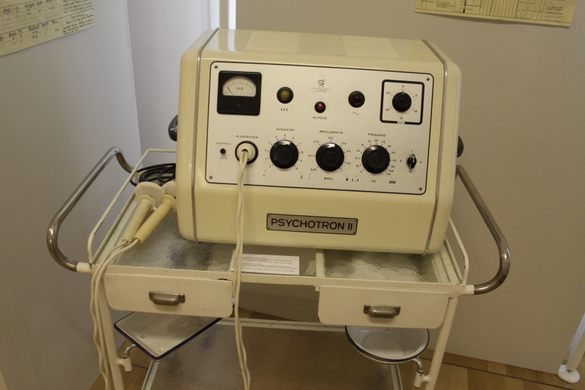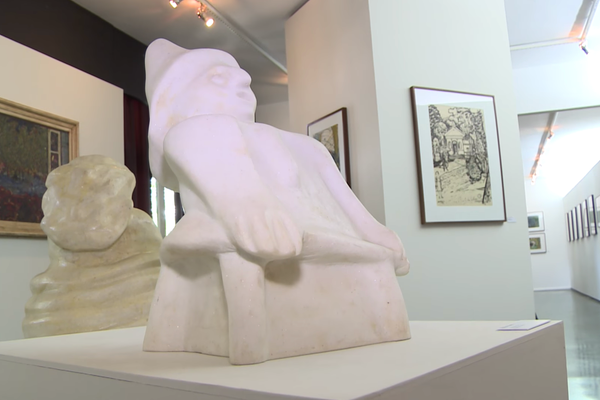AO Edited
Psychiatrie-Museum Bern
This small museum displays a collection of outsider art and scale models of past "treatments" for mental illness.
On the beautiful grounds of the University of Psychiatric Services in Bern stands a small museum displaying the history of psychiatric care at the location of the former Waldau Insane Asylum.
The museum was established in 1914 by doctor Walter Morgenthaler, who worked in the Waldau clinic. Noting that many of the patients developed unusual and interesting artistic talents as a result of their psychiatric conditions, he assembled a large collection of patients’ artwork and texts. The most spectacular of these are the furniture of Adolf Wölfli, who would become known as one of the most productive art brut masters.
In addition to artwork, the museum shows a number of old handling and treatment aids and give a pretty good idea about the actual conditions of how the patients were treated and maintained. The methods could be both brutal and bizarre. One strange and short lived treatment was known as “centrifuge therapy.”
Centrifuge therapy, also known as “spinning chair,” or “whirling cage” therapy, was used in the 18th century as a general cure for insanity. The therapy followed a homeostasis logic: mental patients are walking about the hospital, disoriented, confused, and dizzy in the mind (spinners is german slang for the mentally ill). For these unfortunate patients, their world was spinning. Doctors thought it stood to reason that if their minds were spinning, spin their bodies to match the outside world to their minds. Thus, when they stopped spinning, so will their brains. (Some doctors also believed mental illness was due to congested blood in the brain, and that the spinning dispersed the clotted blood.)
Displayed with small dolls at the museum, the patient would be strapped down to either a chair or a bed, which would then be spun by a large crank at about 100 revolutions per minute. It was believed to be effective for a time, likely because the patients were dizzy to the point of nearing unconsciousness, thus appearing more calm.































Follow us on Twitter to get the latest on the world's hidden wonders.
Like us on Facebook to get the latest on the world's hidden wonders.
Follow us on Twitter Like us on Facebook